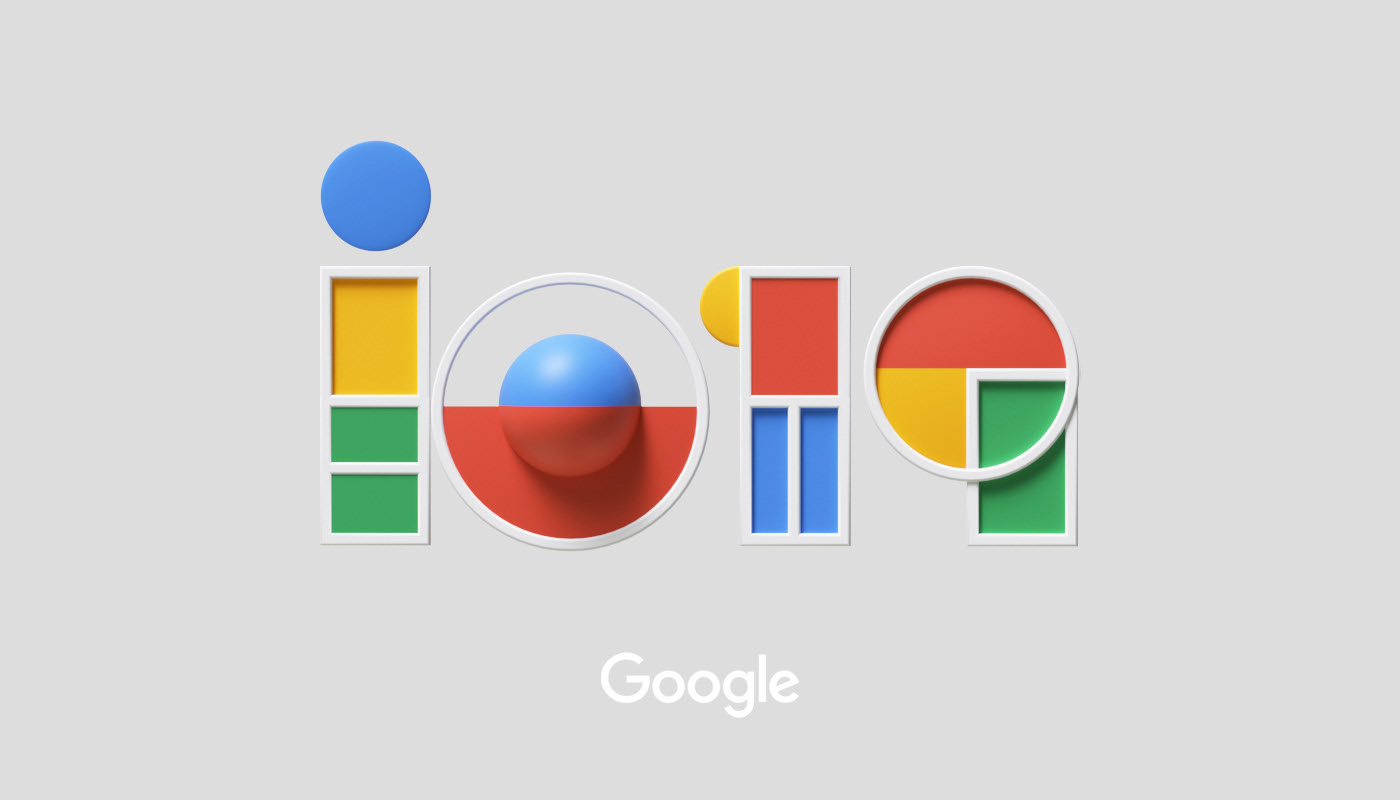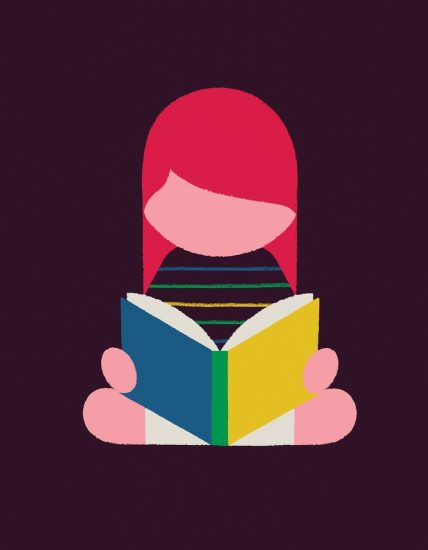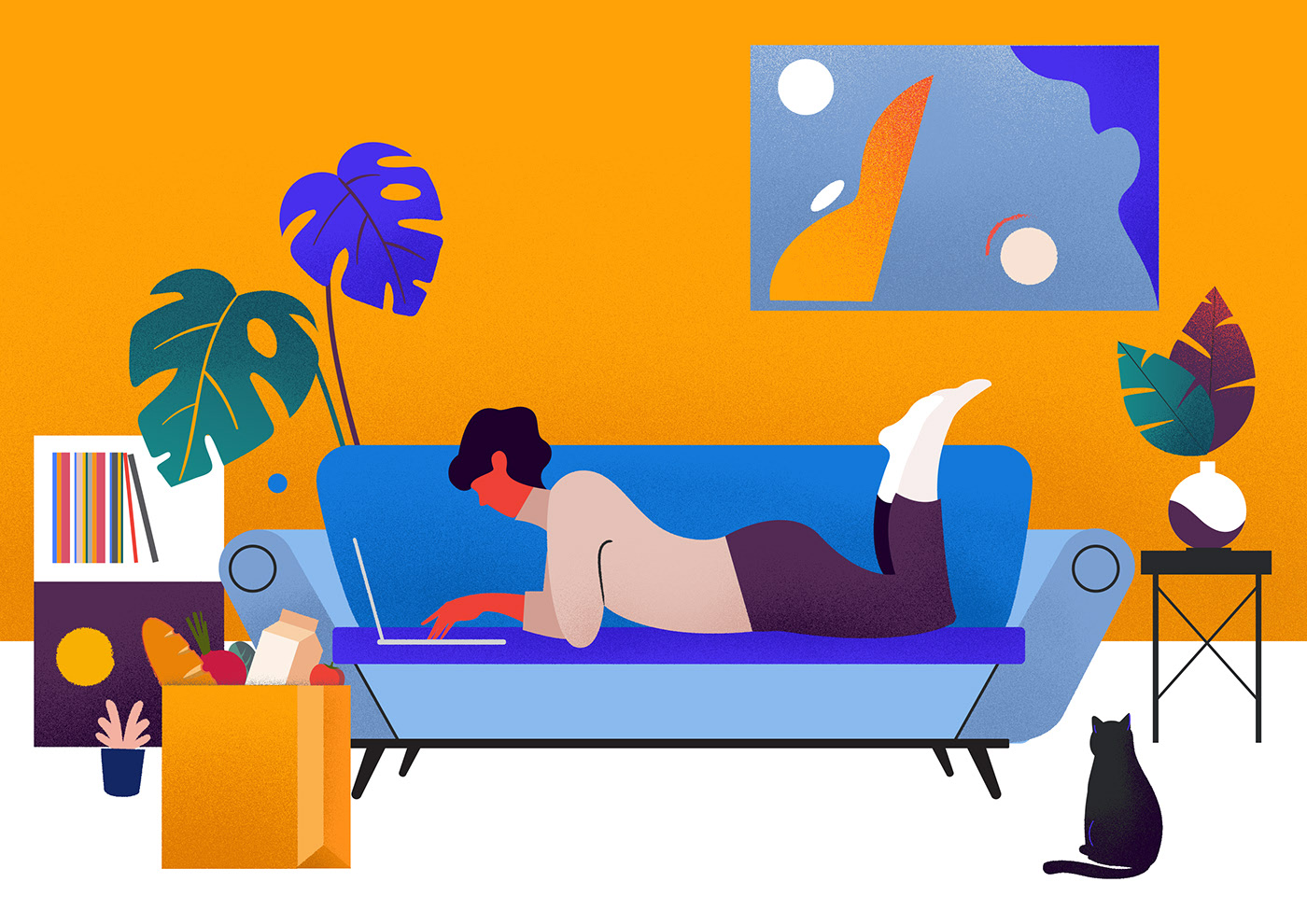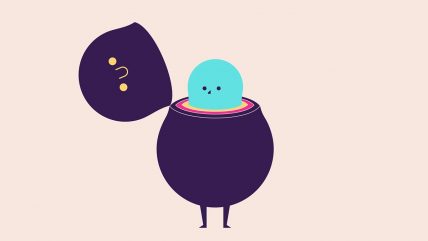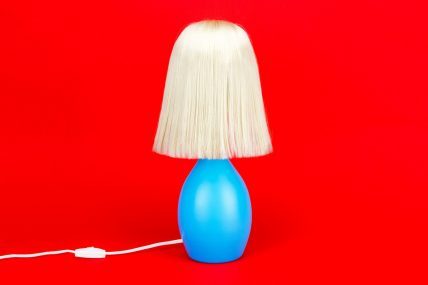The psychology of behavior in tourism
“Human behavior flows from three main sources: desire, emotion, and knowledge.”
Plato
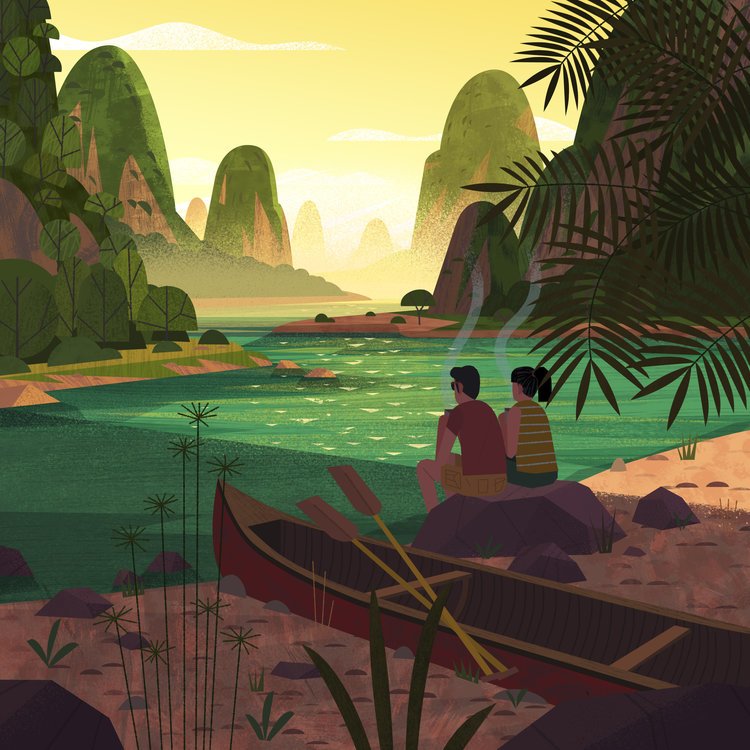
In tourism, there are 5 phases of a travel:
01) dreaming
02) planning
03) reservation
04) experience
05) loyalty
Dreaming
As you can see, dreaming takes a large part in our travel adventure…
This is the phase in which our emotional brain is very active and also the phase in which the real experts in this industry put their maximum effort on creating a quality associative semantic network in the subconscious of the future guest.
The goal is to instill positive emotions and associations related to your brand which will be activated in a later stage of planning and booking.
A positive association is created by striking visual and emotional statuses. In most cases, this phase is primarily focused on the promotion of the destination and its attractions.
At this stage, you are still not thinking too much about whether your guest will take a room with a view, how many pools the hotel has, etc.
Planning
If you did a good job in the dreaming phase, the planning phase should be a little lighter, but by no means easy. When it comes to behaviorism, this is the most difficult stage since it is activated the rational part of the brain, and the medial prefrontal cortex (center of the brain which estimates the profit or loss) valorize the offered options.
In the planning phase, the searching expands to choosing the accommodation and/or agency.
I repeat – if you did a good job in the dreaming phase, it is easier to pass this one. If you haven’t been present in the dreaming phase, you will have problems in the planning phase – you will either spend more money on marketing to compensate the first phase, or your guests will not even consider you as an option.
To be properly presented to potential guests, at this stage it is necessary to pay great attention to behavioral marketing and to identifying the behavior patterns.
Most of the researches are happening online, so your website is becoming one of the key tools. It is logical that guests who are looking for accommodation want to see the room or the additional services of the hotel.
Since the brain is processing the image 60,000 times faster than the text, the visual impact is important, but it is not enough just to scatter some nice pictures; it is also important how you are displaying the content.
It is necessary to cause mental interaction with your potential customer, which means that your images should display the contents of your hotel from the most common perspective of your guest.
How to determine the best angles?
To begin with, look for the angles from which your guests usually take photos posted on Trip Advisor, Facebook and similar online channels.
Also, very important thing is the offer selection. Too many options cause the choice paralysis in the brain of your guest, so it is necessary to consider the proper categorization, especially if you are an agency that offers hundreds of arrangement. It is not enough just to create the “The Mediterranean, Europe, Adriatic” divisions and then scatter thousands of different options. Filters and grouping the arrangements in smaller units have a major role in the user experience.
It is easier for the brain to processes a smaller amount of content in short-term memory and send them into long-term memory.
If you’ve ever wondered why phone numbers have 6-7 digits, here is your answer…
Be sure not to neglect the visual appearance of your brochure if it is an essential marketing channel; the rules of user experience that apply online, in most cases, can also be applied offline.
Reservation
In this phase it is important to reduce the so-called “friction” when booking: the simplest possible booking process, online or offline, and minimal involvement of the guest; in his thoughts, he is already on the beach.
Experience
One of the main rules of sales is: “give the customers what they paid for and a little above that.”
You have to be aware that a person draws a conclusion, whether an experience is positive or negative, based on the so-called “peak-end” rule – the most memorable event while traveling and the end of the travel define the final impression.
Make sure that the customer has a lot of positive “peaks” and that the end of summer vacation is extremely positive.
I could write 10 blogs about the code of conduct for hotel stuff and travel agents, but for this occasion I will draw your attention to one important fact – people are extremely self-centered beings;
keep that in mind whenever you are close to your guests. If your guest doesn’t feel like a VIP, you are doing something wrong.
Loyalty
Loyalty is a relative term, but the brand ambassador wouldn’t be a good name for this part, although it is the most accurate.
The user experience will make your guest a brand ambassador. Now, I’ve got bad news for you – the brand ambassador in this case is not only a person who will talk positively about you…
If the experience was bad, you will get the ambassadors you didn’t want. If you don’t know what I’m talking about, visit Trip Advisor.
In fact, I suggest you read the reviews of your guests more often; the behavioral marketing is built on such information. Keep in mind that a satisfied customer will tell his experience to 2-3 people on average, and dissatisfied one to 10-12.
Also, it takes approximately 12 positive experiences to correct one negative.
And, at the very end :
What does your brand do to re-attract visitors?
If you just send a newsletter with your special offers, you will undo all the good you’ve done first time in the 5 phases of the travel.
Source: Promosapiens

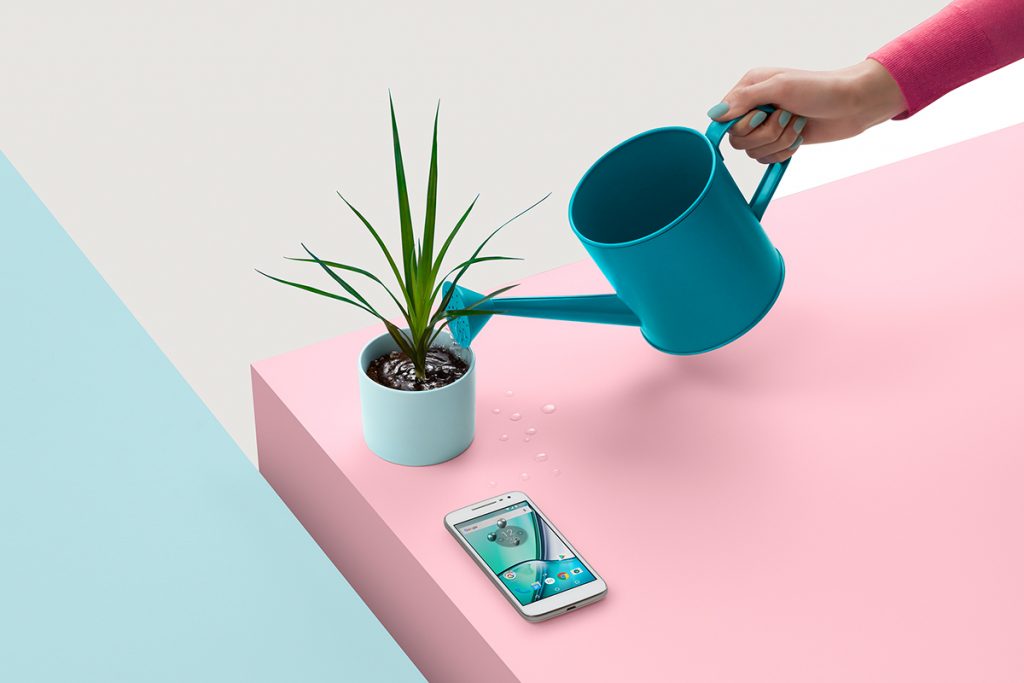

Tourism. Behavior. Neuromarketing.
The psychology of behavior in Tourism
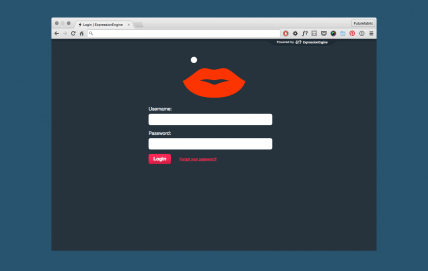
Neuroscience. Link. Marketing.
Neuroscience marketing strategy

Mirror Neurons.Link.Web Design
The Role of Mirror Neurons in Web Design
